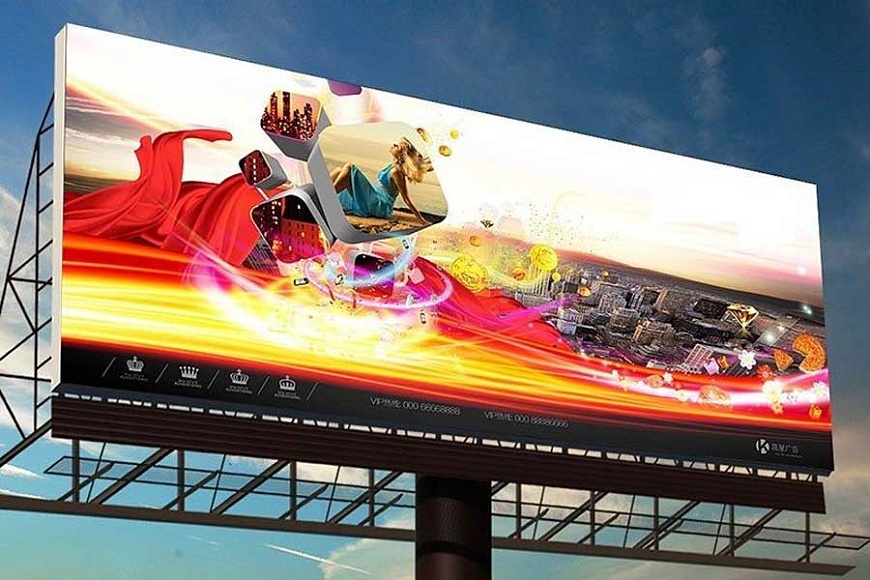
LED Screen: How to choose LED screen?
An LED screen is a display device in which the image is formed by multiple semiconductor LEDs located on the surface of the screen. Each individual point on the screen is a pixel, which may contain one or more LEDs. Today, LED screens are one of the most promising visualization tools. That is why they can increasingly be found as information boards, billboards, or even just as a creative decorative element.
The first working prototype of an LED screen was shown at the EISEF scientific and technical exhibition in the USA on March 18, 1978. The author of the development, James Mitchell, called its key advantages the simplicity of image formation, in comparison with the then popular CRT displays, and low operating voltage, which in the future would allow the use of an LED screen on portable devices powered by a battery. Miniaturization of LEDs to the sizes necessary for the manufacture of a conventional TV occurred only in the 21st century thanks to OLED technology – organic light-emitting diodes.
LED screens are not the first technology that allows you to reproduce dynamic images, but the first one with such a wide range of capabilities. Contrasting full-color images both day and night, digital content, flexible display settings, as well as arbitrary geometry of the screen itself have turned LED screens into a powerful tool for conveying important information to consumers and clients.
Operating principle of an LED screen
On an LED screen, there are LEDs of three basic colors – red, green and blue (RGB). A combination of LEDs of these three colors, working with different brightness, allows you to create any full-color image. This principle is similar to the operating principle of a regular TV or computer display.
The LEDs on the screen correspond to pixels, but unlike liquid crystal LCD screens, the pixels of LED screens are virtual, i.e. the same color LED can be part of several virtual pixels. This feature allows you to get twice the image resolution.
The structure and classification of LED screens
LED screens have a modular design. The LEDs are combined into clusters or matrices and connected to the control electronics from the back. Such individual modules, also called cabinets, operate independently, but they can be combined into a single structure of any configuration. Due to this, it is possible to build both regular rectangular screens and screens of a more complex shape – curved, convex, repeating the shape of the surface on which they are installed. The key characteristics of the cabinet are resolution, pixel pitch and size.






